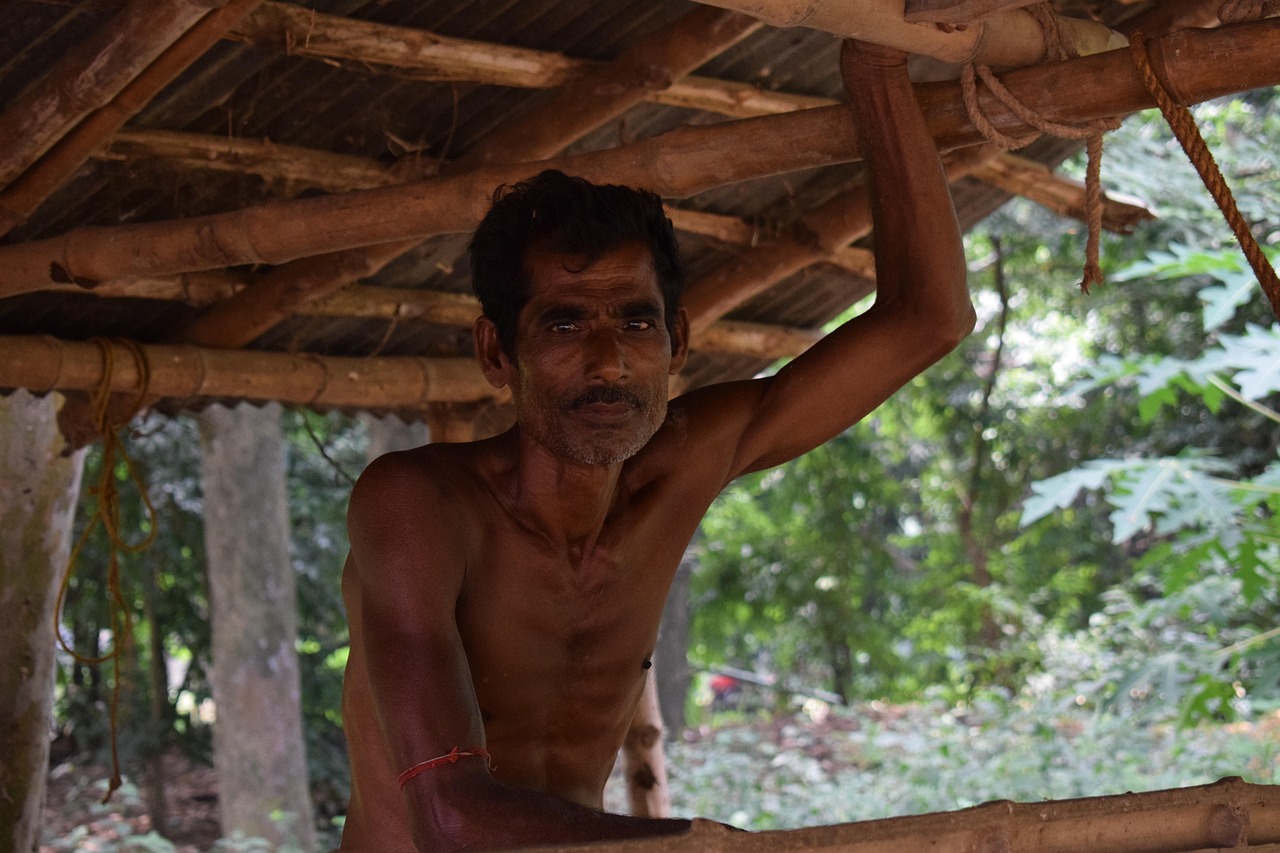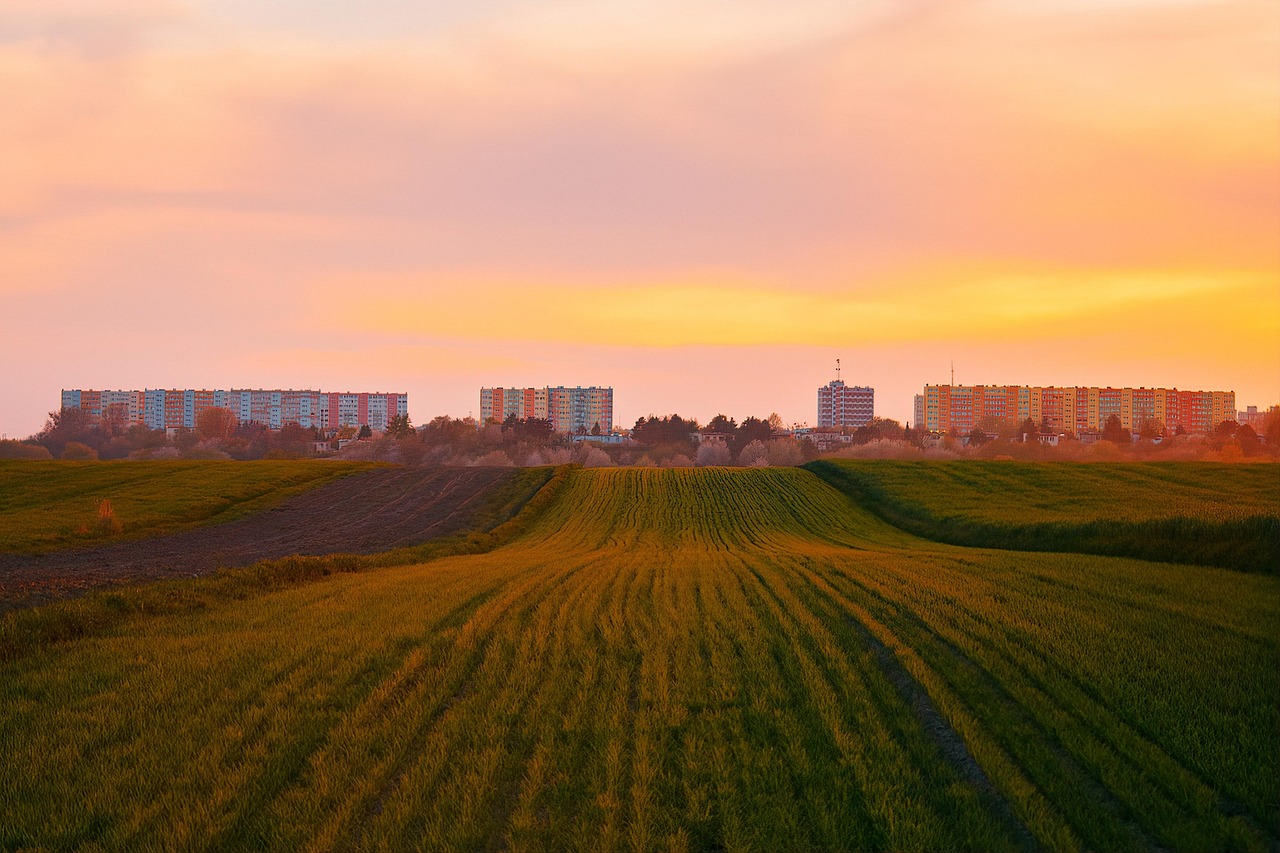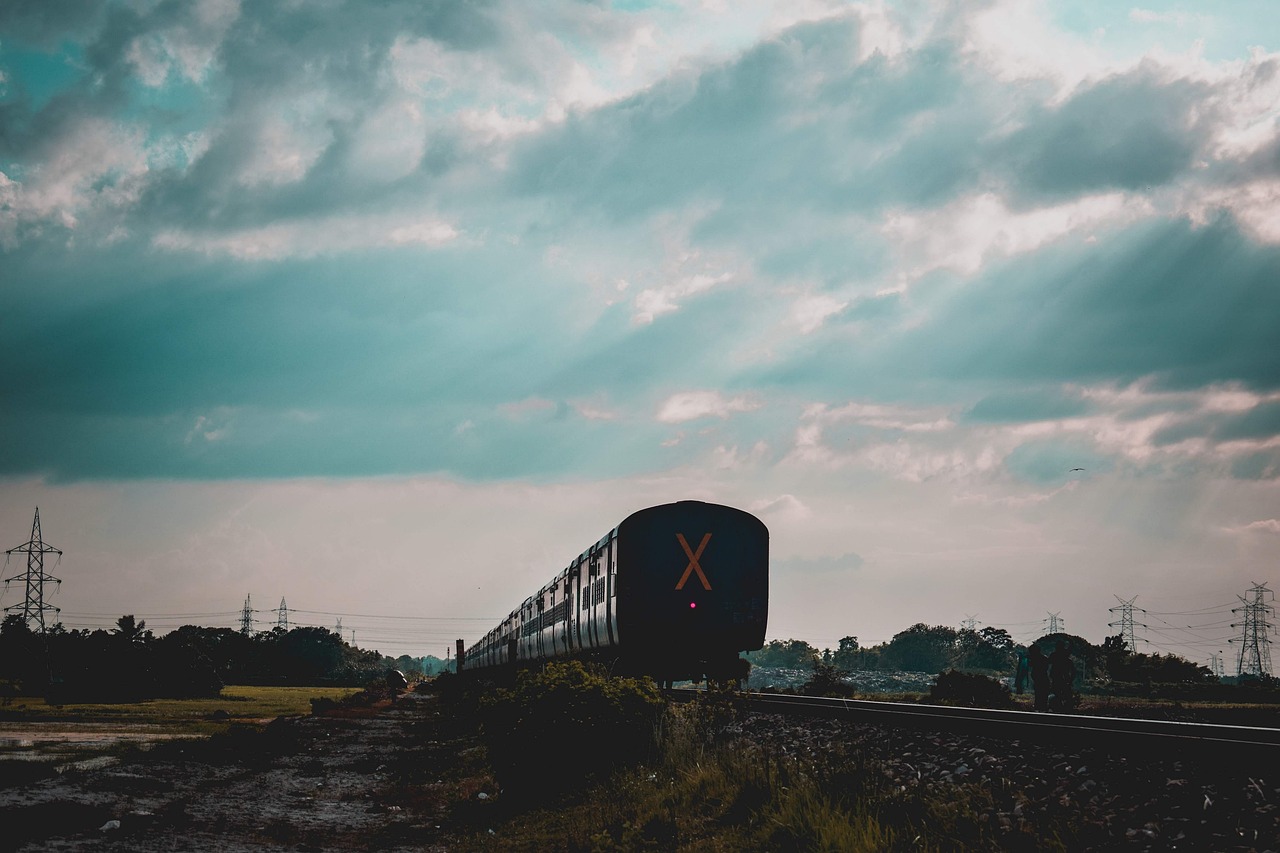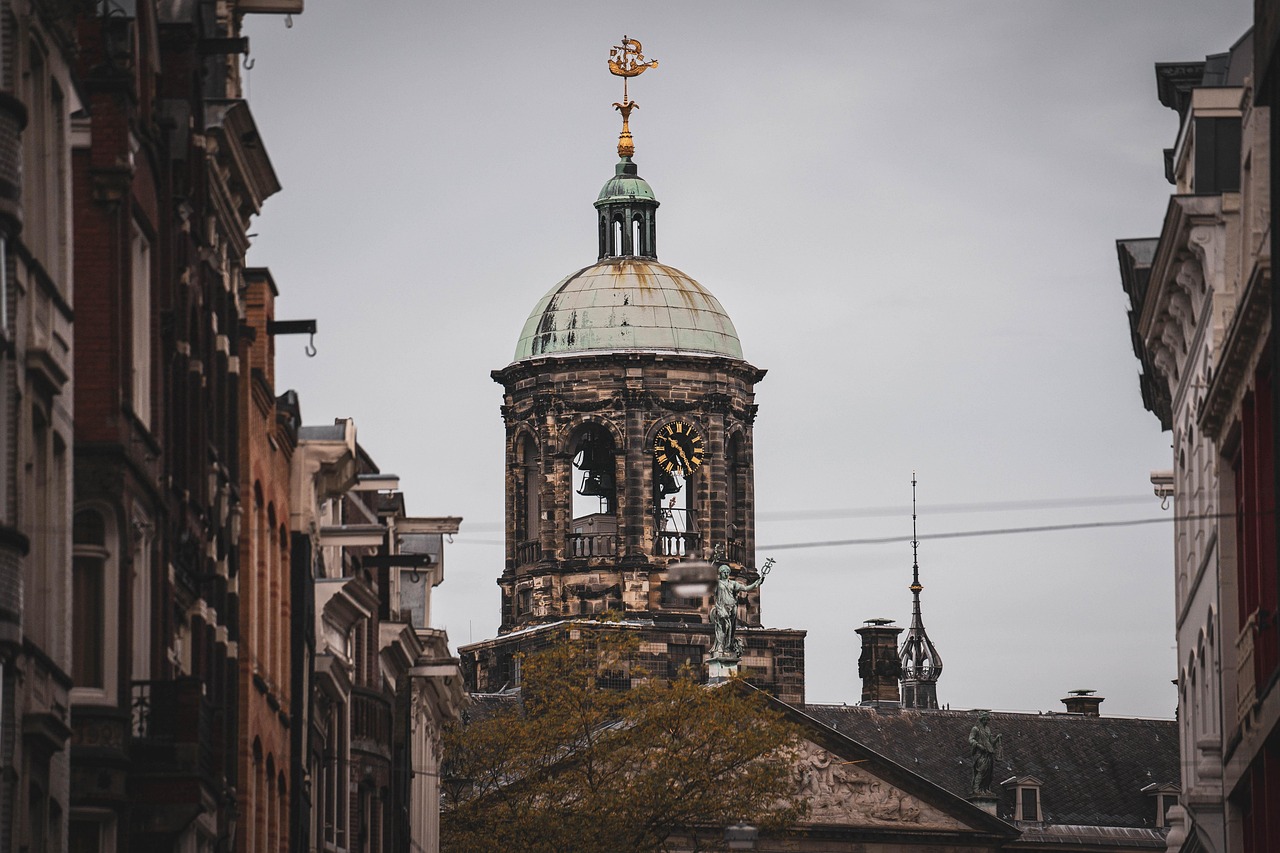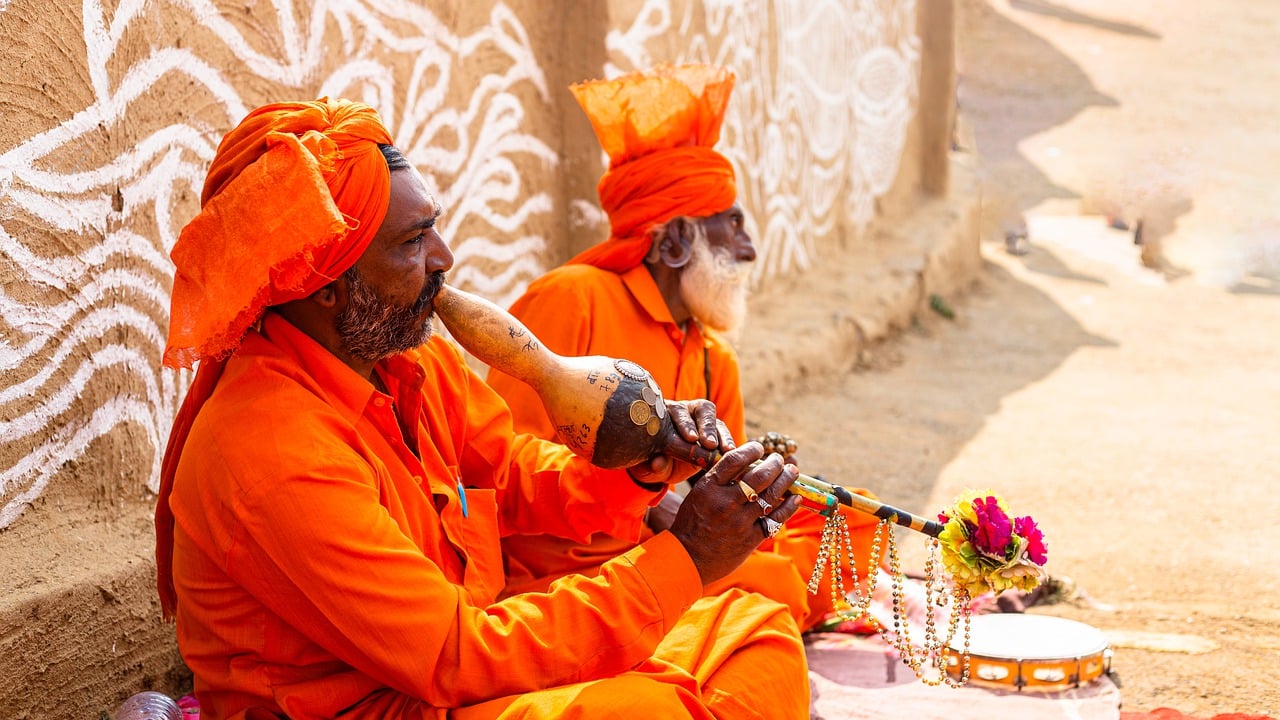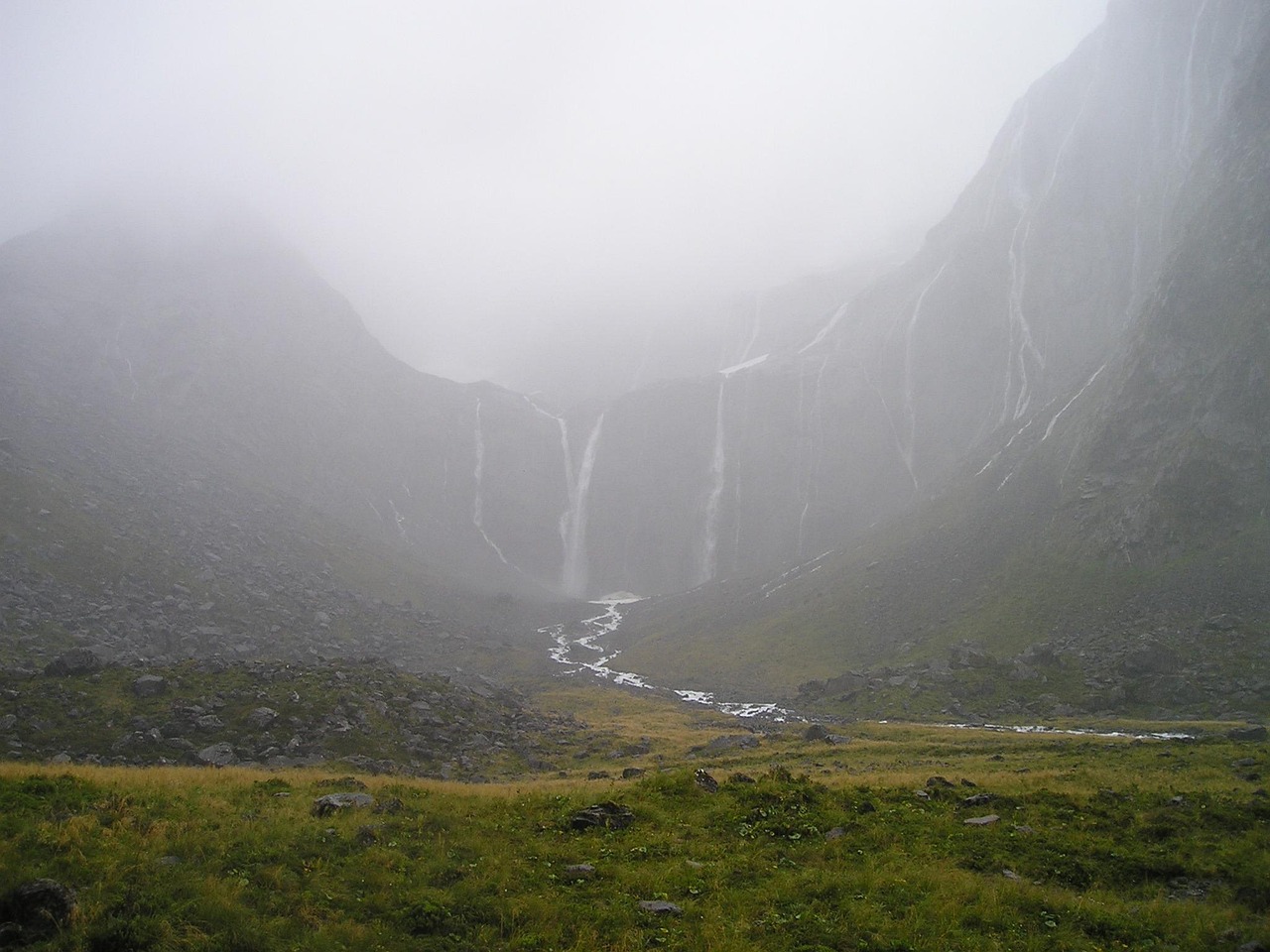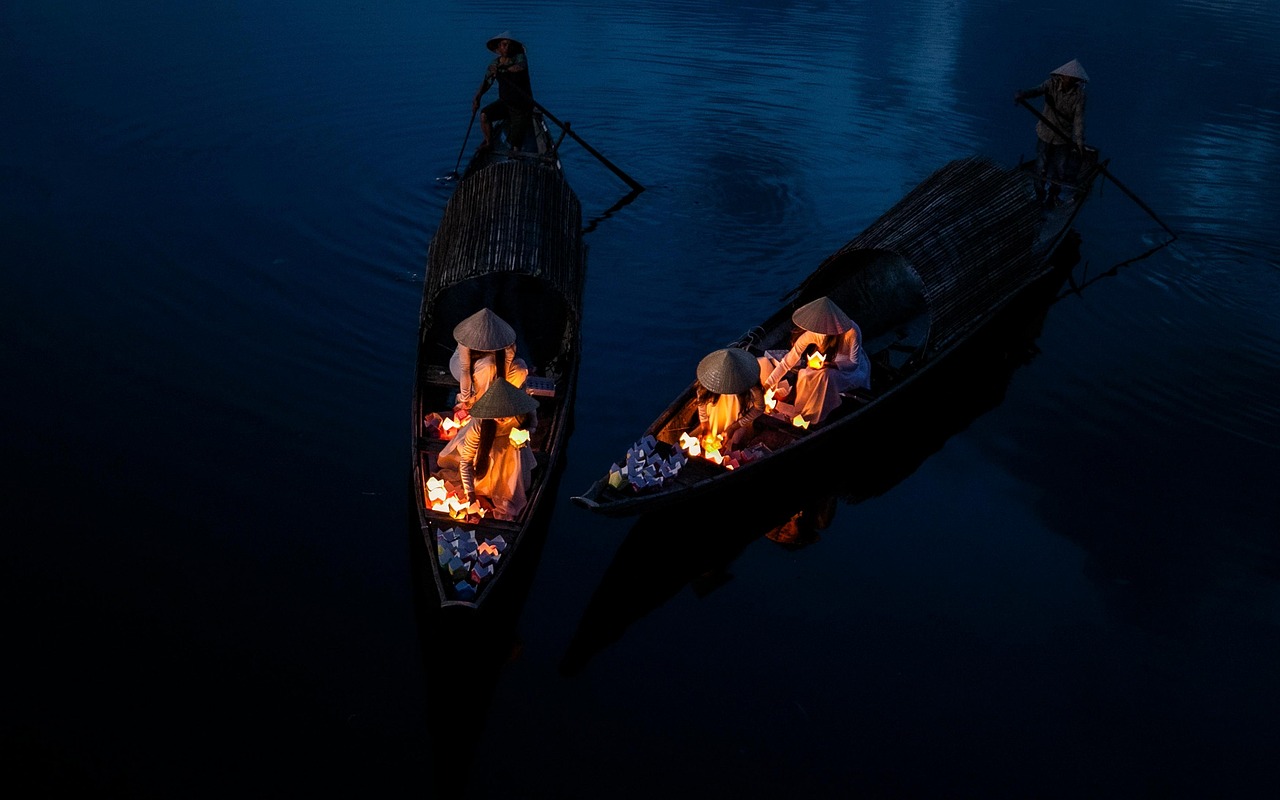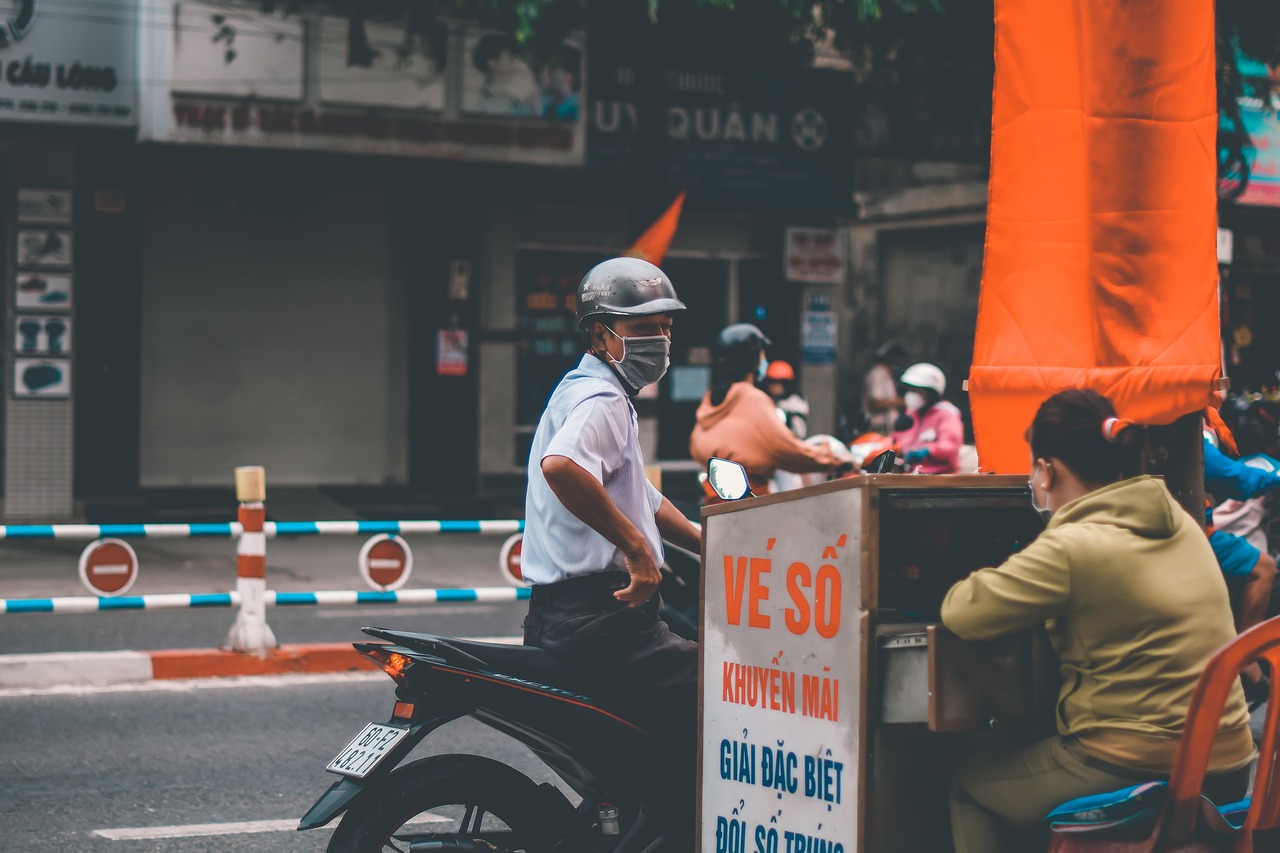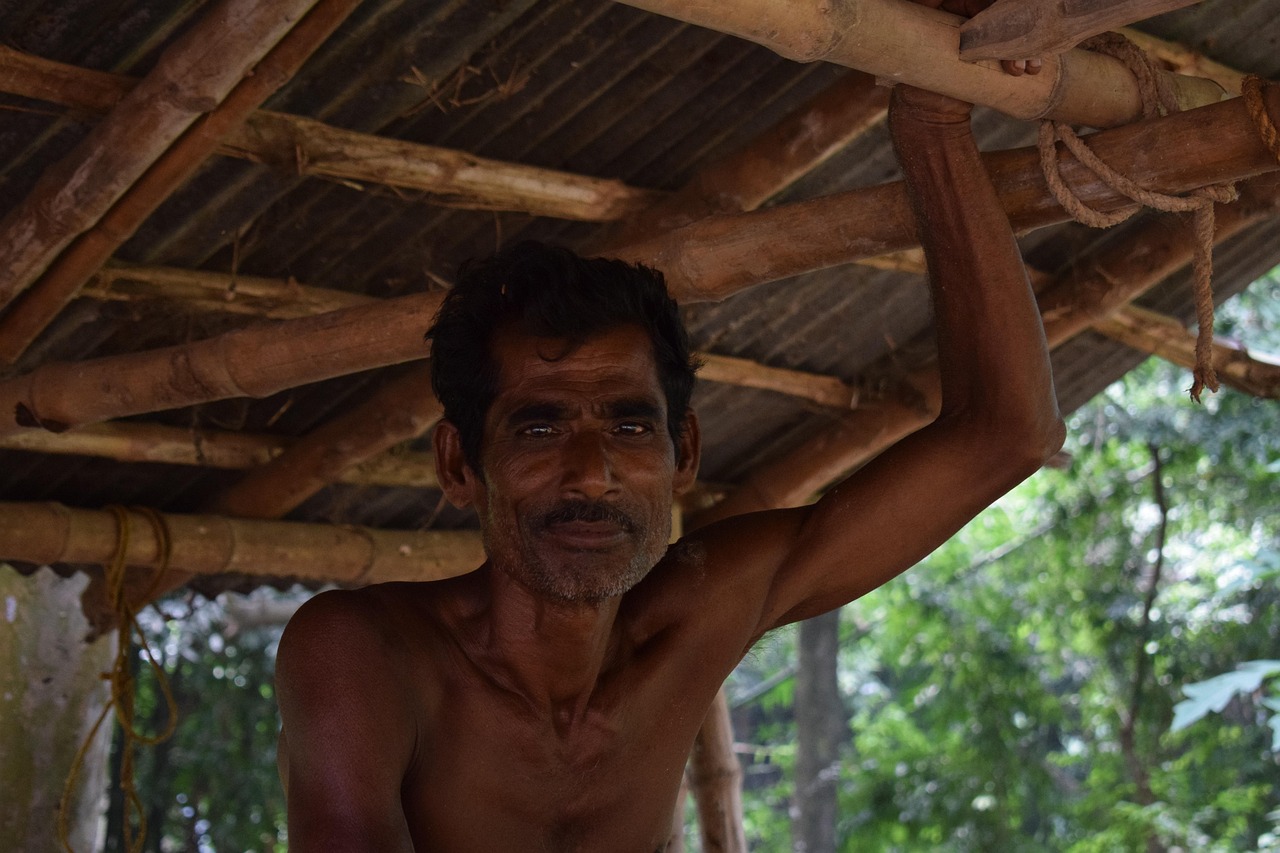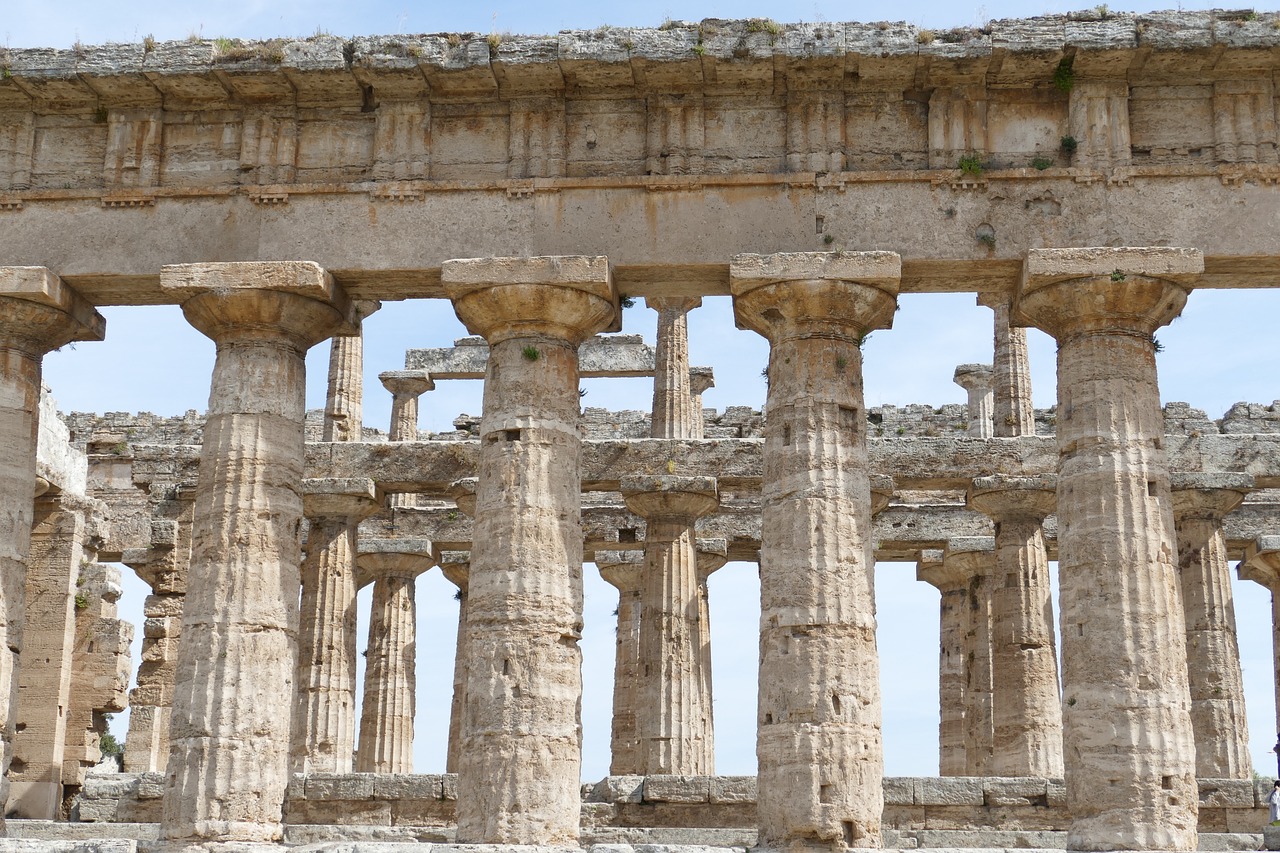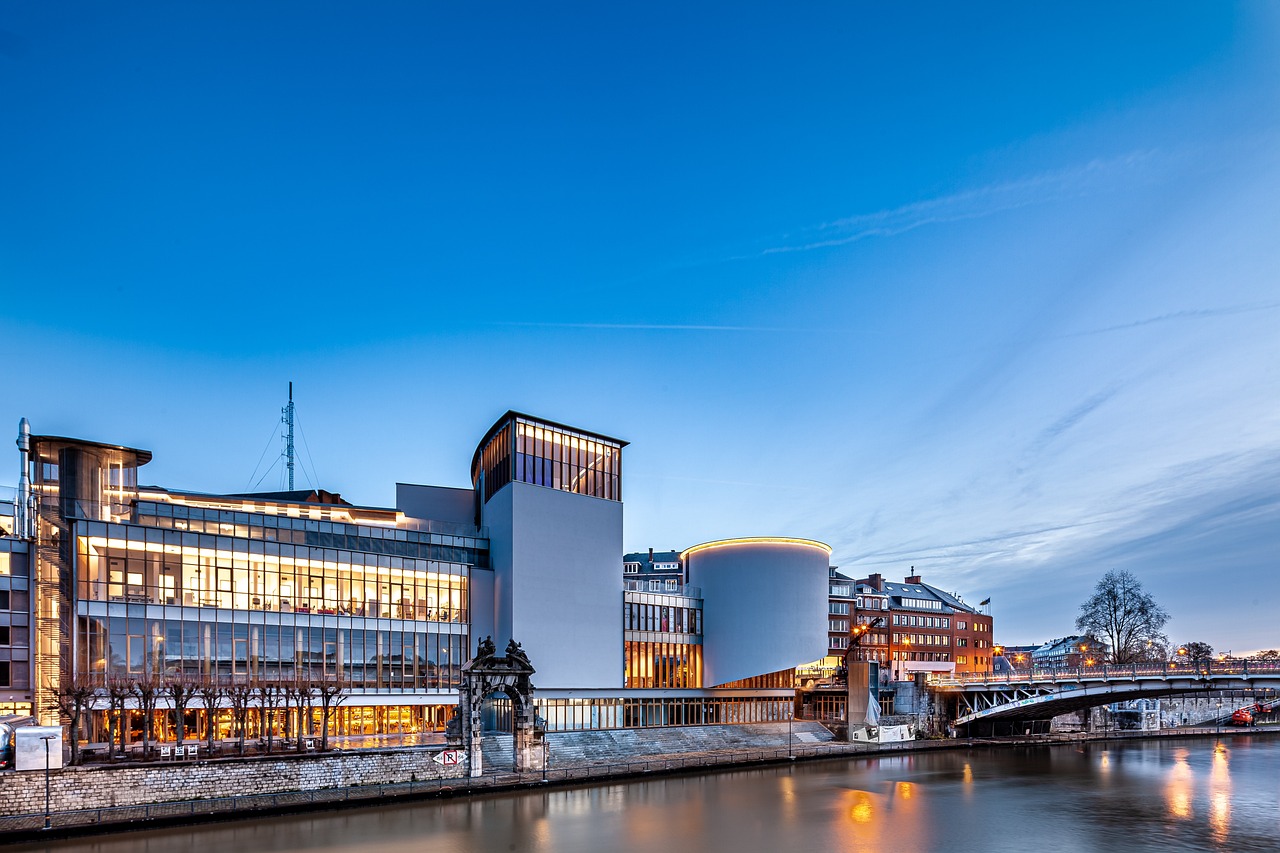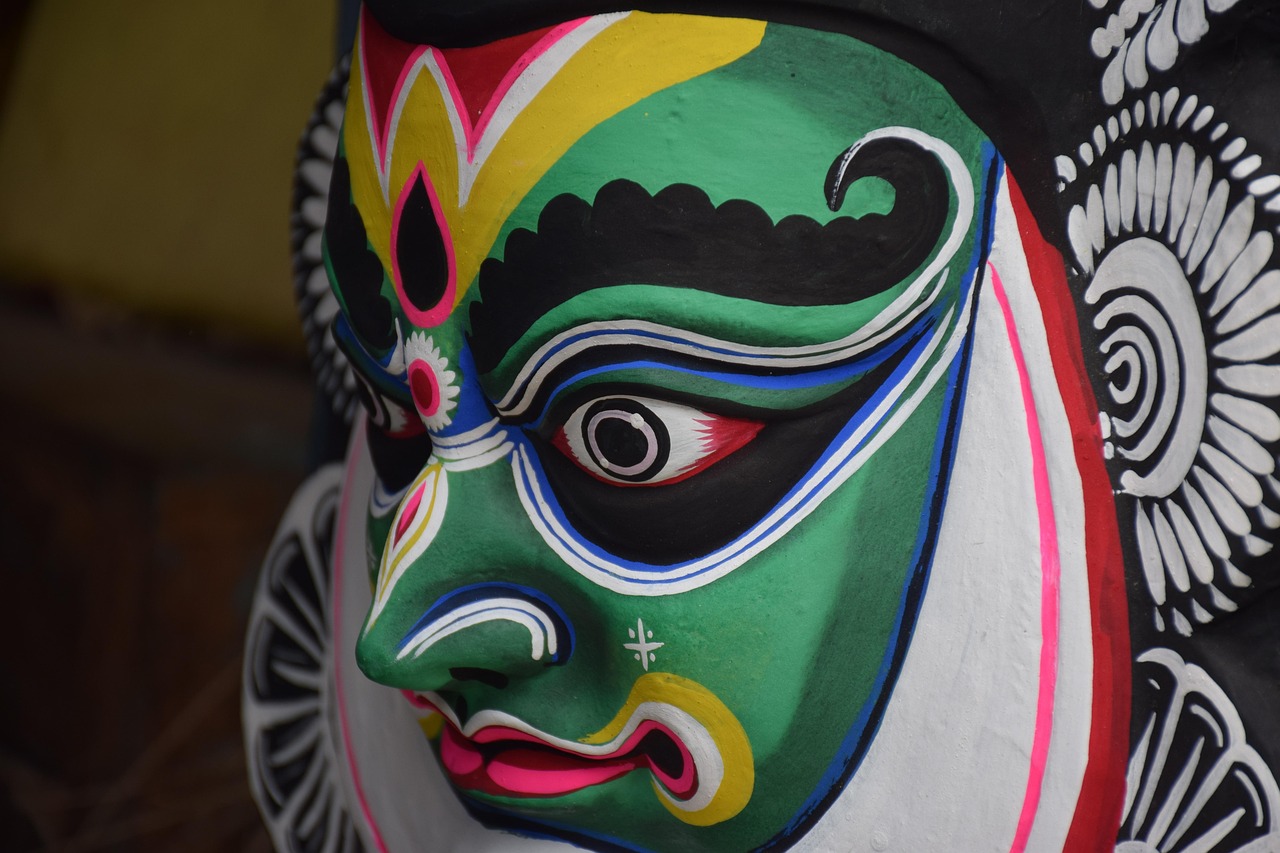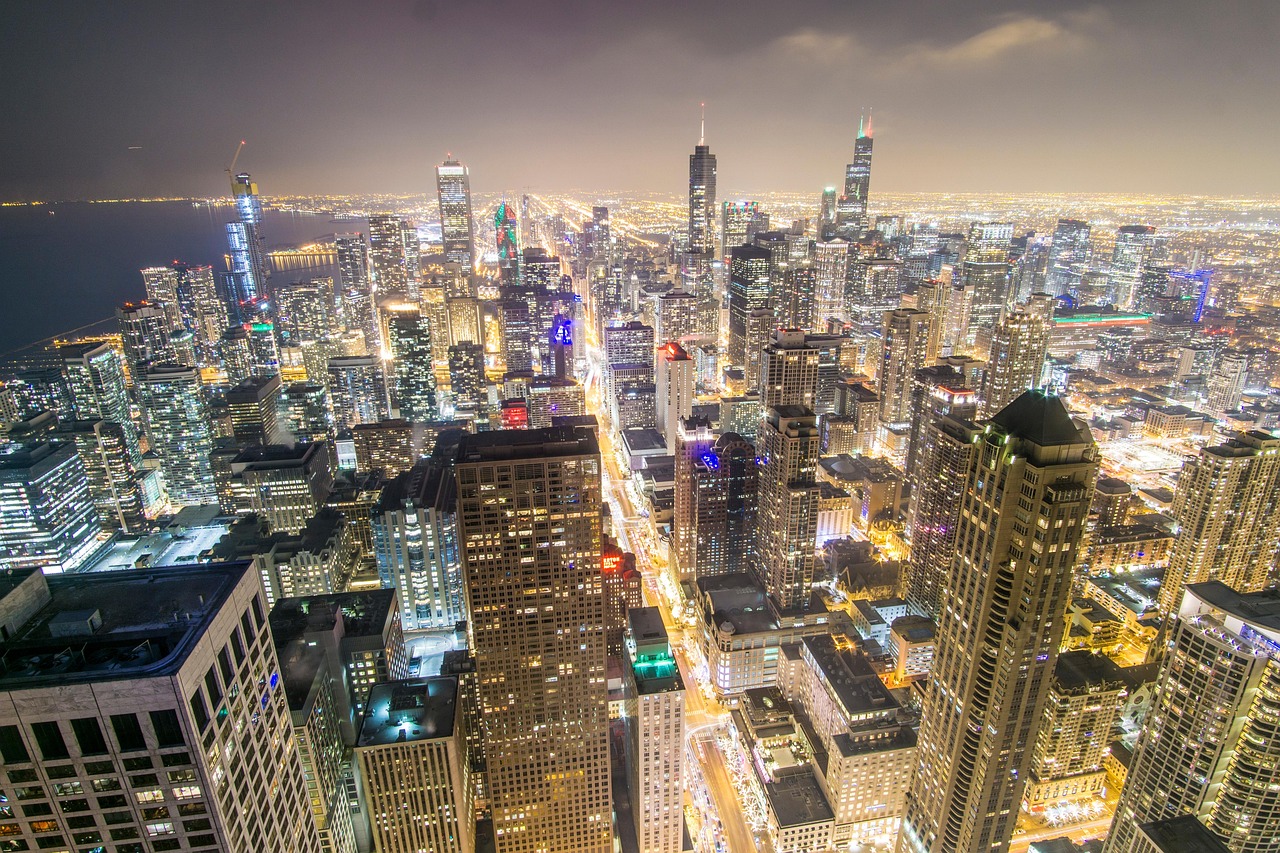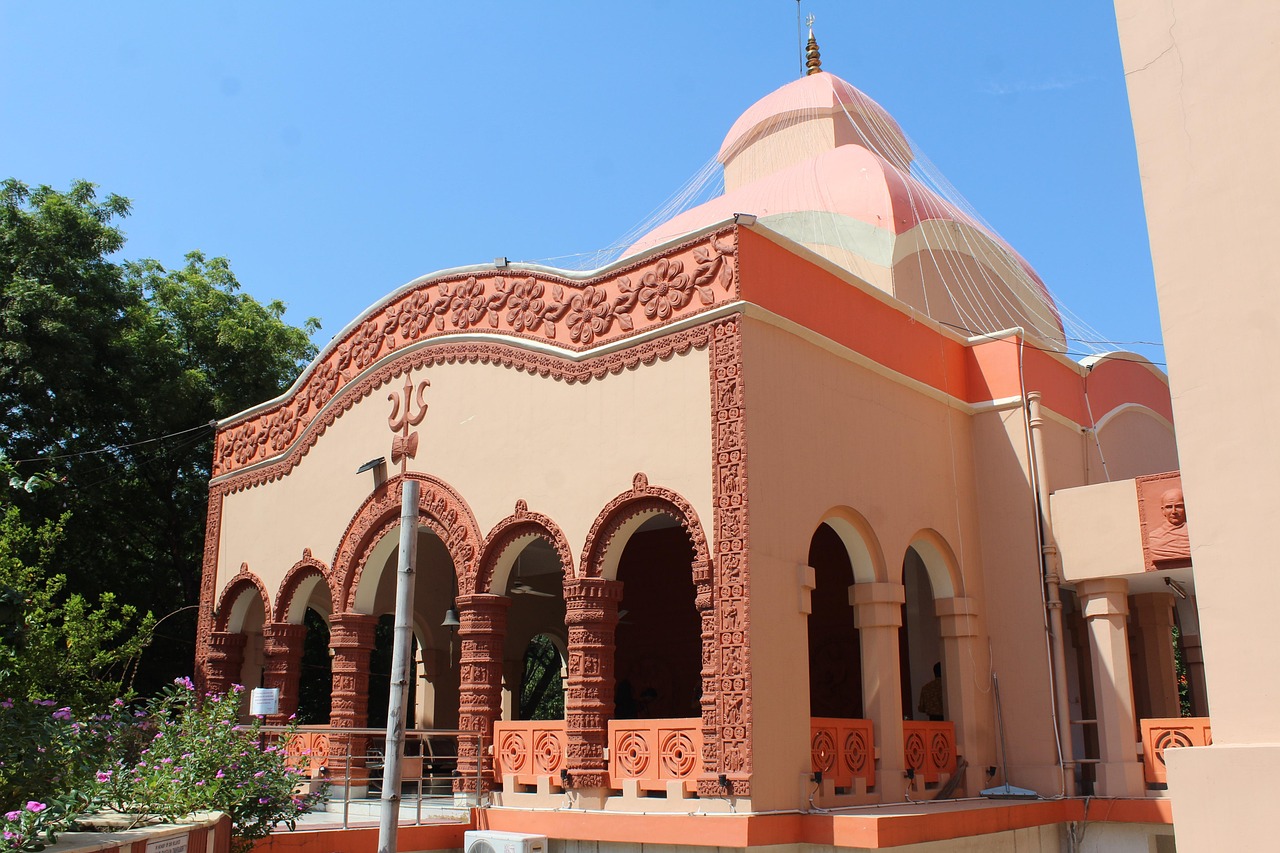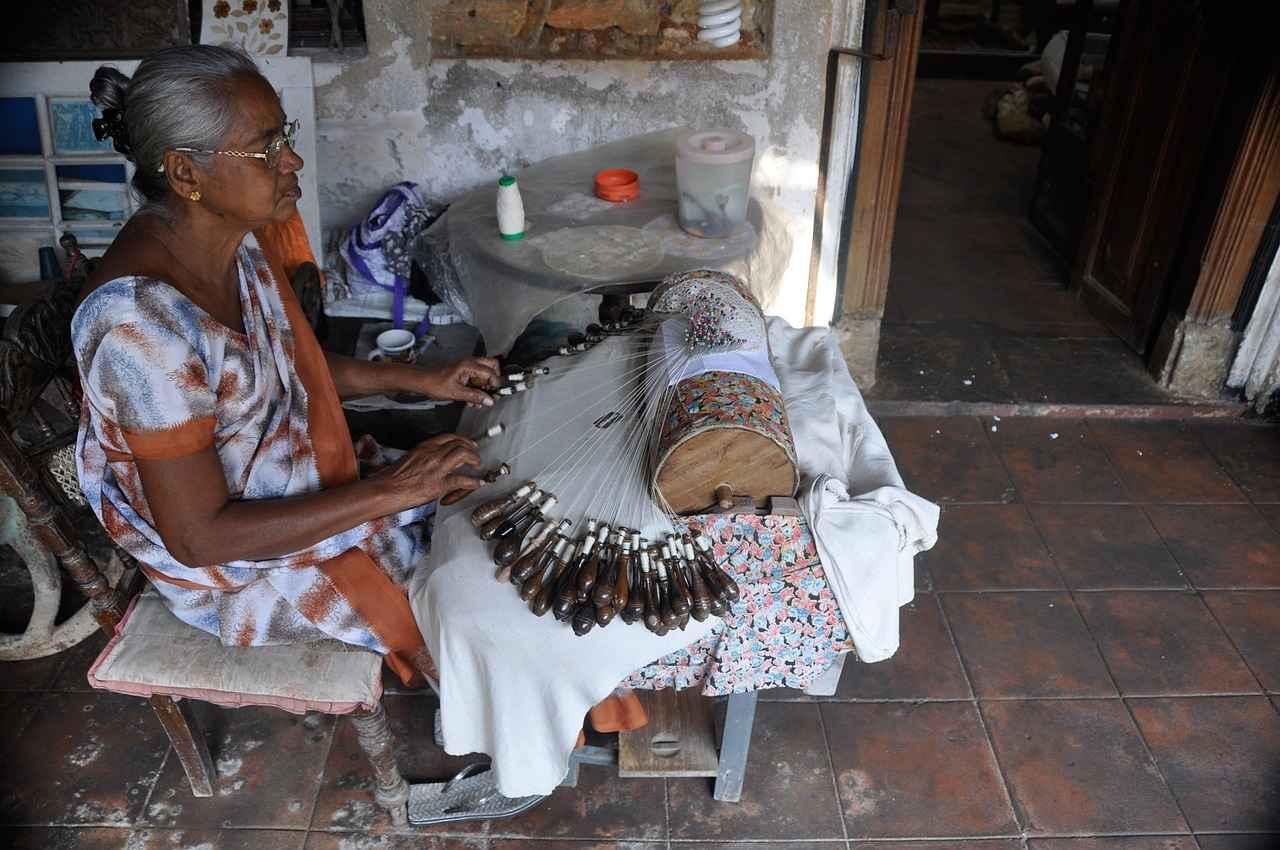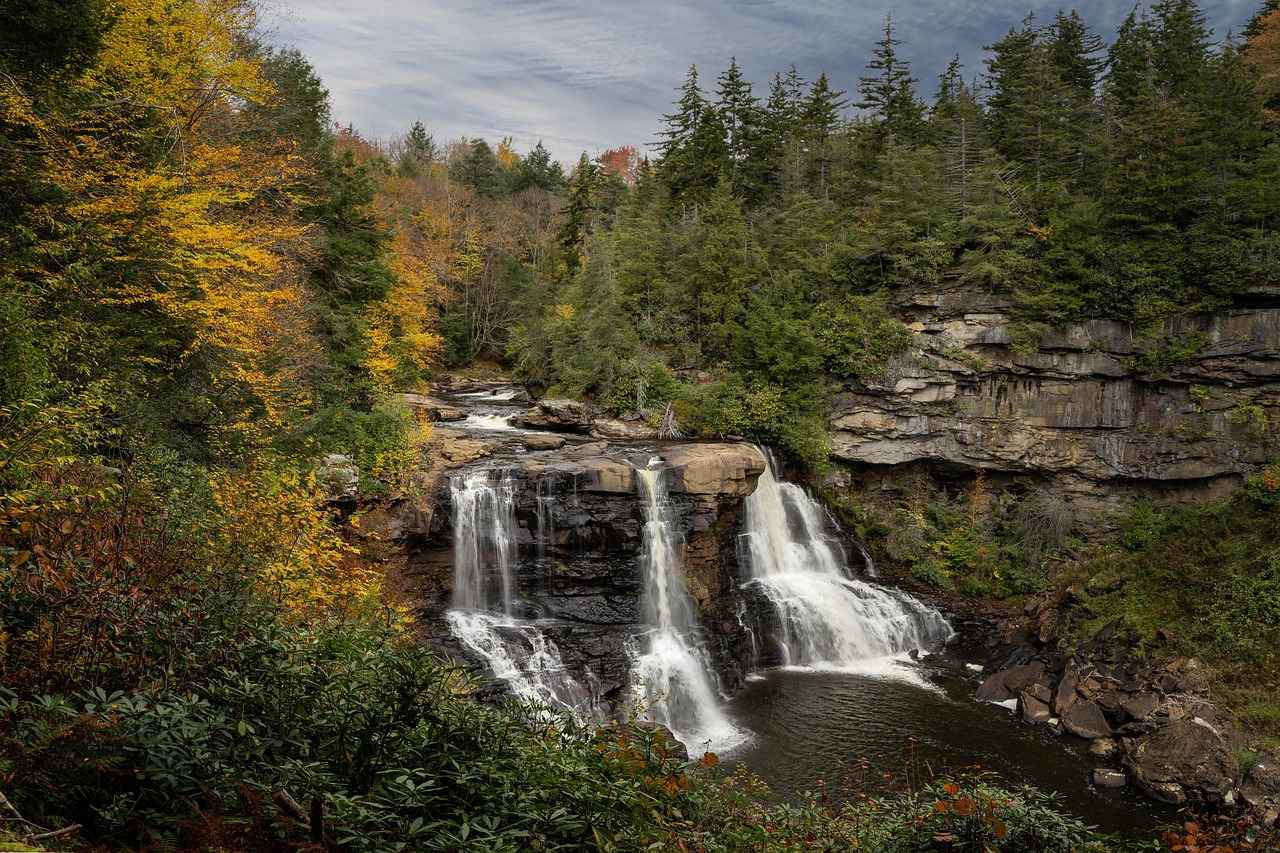This article delves into the rich tapestry of historical monuments in West Bengal, highlighting their cultural significance, architectural brilliance, and the stories they tell about the region’s past.
The Architectural Marvels of West Bengal
West Bengal is a treasure trove of architectural wonders that reflect its diverse history and cultural influences. From colonial structures to ancient temples, each monument tells a unique story that encapsulates the essence of the region.
Key Historical Sites in Kolkata
Kolkata, the capital city, boasts several historical monuments that serve as both tourist attractions and significant markers of the city’s colonial past and cultural evolution.
- The Victoria Memorial: An iconic structure that stands as a testament to the British colonial era in India. Surrounded by lush gardens, it houses a museum showcasing a plethora of artifacts from India’s rich history.
- Howrah Bridge: An engineering marvel that connects Kolkata with Howrah, making it one of the busiest bridges in the world and a vital transportation link.
Temples of West Bengal: A Spiritual Journey
The temples in West Bengal are not only places of worship but also showcase exquisite architecture and artistry, reflecting the spiritual heritage of the region.
- Dakshineswar Kali Temple: Located on the banks of the Hooghly River, this temple is dedicated to Goddess Kali and is renowned for its stunning architecture and spiritual significance.
- Belur Math: The headquarters of the Ramakrishna Mission, known for its unique architecture that harmoniously combines Hindu, Christian, and Islamic styles.
Conservation Efforts for Historical Monuments
Preserving West Bengal’s historical monuments is crucial for maintaining the region’s cultural heritage. Various organizations and government bodies are actively involved in conservation efforts.
- Government Initiatives: The West Bengal government has implemented several initiatives aimed at restoring and maintaining historical sites, ensuring their preservation for future generations.
- Community Involvement in Preservation: Local communities play a vital role, participating in awareness programs and volunteering for restoration projects.
Conclusion: Embracing the Heritage of West Bengal
West Bengal’s historical monuments are a treasure trove of culture and history. Embracing and preserving these sites allows future generations to connect with their rich heritage.

The Architectural Marvels of West Bengal
Exploring the Architectural Marvels of West Bengal
West Bengal, a state rich in history and culture, is renowned for its architectural marvels that span centuries. These structures are not merely buildings; they are testaments to the diverse influences that have shaped the region over time. From ancient temples to colonial edifices, each monument encapsulates a unique narrative that contributes to the state’s identity.
Colonial Influences in Architecture
The colonial period left a significant mark on West Bengal’s architectural landscape, particularly in its capital, Kolkata. The Victoria Memorial, an iconic symbol of British rule, is a grand structure that showcases Indo-Saracenic architecture. With its majestic dome and intricate carvings, it draws visitors not only for its beauty but also for the rich history it represents.
Ancient Temples: A Spiritual Legacy
In addition to colonial structures, West Bengal is home to numerous ancient temples that reflect the region’s spiritual heritage. The Dakshineswar Kali Temple, located on the banks of the Hooghly River, is one such example. This temple is dedicated to Goddess Kali and is celebrated for its stunning architecture and profound spiritual significance.
Architectural Diversity
The architectural diversity in West Bengal is further exemplified by the Belur Math, the headquarters of the Ramakrishna Mission. This site uniquely blends Hindu, Christian, and Islamic architectural styles, symbolizing harmony and unity. It serves as a spiritual retreat and a hub for social service, embodying the essence of the region’s cultural amalgamation.
Preservation Efforts
Recognizing the importance of these historical monuments, various conservation efforts are underway. The West Bengal government, along with local communities, is actively involved in preserving these sites, ensuring that future generations can appreciate and learn from their rich heritage.
Conclusion
In conclusion, the architectural marvels of West Bengal are not just visually stunning; they are vital links to the past. By embracing and preserving these monuments, we honor the stories they tell and the cultural richness they represent.

Key Historical Sites in Kolkata
Kolkata, the vibrant capital city of West Bengal, is a treasure trove of historical monuments that reflect its rich cultural heritage and colonial past. Each site tells a unique story, offering visitors a glimpse into the city’s evolution over the years. In this article, we will explore some of the most significant historical sites in Kolkata, shedding light on their architectural brilliance and historical importance.
The historical monuments in Kolkata are not just tourist attractions; they serve as vital links to the past, showcasing the city’s journey through time. Below are some of the most notable sites:
- The Victoria Memorial: This iconic structure stands as a symbol of the British colonial era. Surrounded by beautifully landscaped gardens, it houses a museum filled with artifacts that narrate India’s rich history.
- Howrah Bridge: An engineering marvel, this bridge connects Kolkata with Howrah. Known for its unique cantilever design, it is one of the busiest bridges in the world, facilitating the daily commute of thousands.
- Indian Museum: Established in 1814, it is the largest and oldest museum in India. The museum showcases a vast collection of artifacts, including fossils, ancient sculptures, and decorative arts, reflecting the diverse history of the region.
- Marble Palace: A stunning example of neoclassical architecture, this palace is adorned with exquisite marble and houses an impressive collection of art, including works by renowned European artists.
- St. Paul’s Cathedral: This magnificent cathedral, built in the Gothic Revival style, is famous for its beautiful stained glass windows and serene atmosphere, making it a peaceful retreat in the bustling city.
Each of these sites not only attracts tourists but also serves as a reminder of Kolkata’s historical significance. They reflect the city’s colonial legacy and its cultural evolution over the years.
As we explore these monuments, we gain a deeper understanding of Kolkata’s past and its journey towards becoming a modern metropolis while retaining its historical essence.
Conclusion: The historical sites in Kolkata are more than just remnants of the past; they are living testimonies of the city’s rich heritage. By visiting and appreciating these monuments, we can connect with the stories and experiences that have shaped Kolkata into the vibrant city it is today.
The Victoria Memorial
stands as a magnificent tribute to the British colonial era in India, symbolizing the historical and cultural richness of Kolkata. This iconic structure, constructed between 1906 and 1921, is not just an architectural wonder but also a vital part of India’s heritage.
Surrounded by lush, meticulously maintained gardens, the Victoria Memorial is a serene oasis amidst the bustling city. The gardens are adorned with beautiful fountains, statues, and pathways, inviting visitors to explore and reflect. The memorial itself is home to a museum that showcases a vast array of artifacts, paintings, and sculptures that narrate the story of India’s past.
| Feature | Description |
|---|---|
| Architectural Style | Indo-Saracenic, combining British and Indian elements |
| Location | Kolkata, West Bengal |
| Opening Year | 1921 |
| Key Attractions | Art Gallery, Gardens, Statues |
The memorial’s grand dome, intricate carvings, and extensive use of white Makrana marble create a stunning visual spectacle that attracts millions of visitors each year. It serves as a reminder of the cultural amalgamation that occurred during the colonial period.
For those planning to visit, the Victoria Memorial offers guided tours, exhibitions, and a tranquil environment perfect for leisurely strolls. The museum houses numerous paintings by renowned artists, including works by Ravi Varma and Abanindranath Tagore, which are integral to understanding India’s artistic journey.
In conclusion, the Victoria Memorial is not merely a tourist destination; it is a symbol of heritage and a reflection of the historical narrative that shapes Kolkata. By visiting this iconic monument, one can gain deeper insights into the rich tapestry of India’s colonial history and cultural evolution.
Architectural Features of Victoria Memorial
The Victoria Memorial stands as a magnificent symbol of Kolkata’s rich heritage and the architectural prowess of the Indo-Saracenic style. This stunning monument, built in memory of Queen Victoria, showcases a harmonious blend of British and Indian architectural elements, making it a focal point for both tourists and locals alike.
One of the most striking features of the Victoria Memorial is its grand dome, which rises majestically above the surrounding gardens. The dome is complemented by intricate carvings that adorn the exterior, reflecting the artistry of the era in which it was constructed. The use of white Makrana marble gives the memorial a pristine appearance, particularly under the warm glow of the sun.
As visitors approach the memorial, they are greeted by beautifully landscaped gardens that enhance the overall aesthetic appeal of the site. The gardens are meticulously maintained and offer a serene environment for contemplation and relaxation. Statues and fountains scattered throughout the grounds add to the charm, providing perfect spots for photography and leisurely strolls.
Inside, the Victoria Memorial houses a museum that features a vast collection of artifacts, paintings, and sculptures that narrate the history of India during the colonial period. The museum serves not only as an educational resource but also as a tribute to the cultural richness of the nation.
In summary, the architectural features of the Victoria Memorial are a testament to the fusion of cultures that characterize Kolkata. Its magnificent dome, intricate carvings, and lush gardens come together to create a breathtaking visual spectacle that continues to captivate visitors from around the world.
Visiting Information
The Victoria Memorial is a magnificent destination that invites visitors to immerse themselves in its rich history and serene surroundings. Open to the public, this iconic structure is a must-visit for anyone interested in exploring the cultural tapestry of West Bengal.
Upon arrival, guests can enjoy guided tours that provide in-depth insights into the memorial’s historical significance and architectural marvels. Knowledgeable guides lead visitors through the expansive grounds, sharing fascinating stories about the British colonial era and the memorial’s creation.
The memorial is surrounded by beautifully landscaped gardens, making it an ideal spot for leisurely strolls and relaxation. Visitors can take a moment to appreciate the stunning architecture, which combines Indo-Saracenic styles, featuring intricate carvings and a grand dome that captures the essence of colonial artistry.
In addition to the tours, the Victoria Memorial hosts a variety of exhibitions that showcase artifacts, paintings, and sculptures from India’s rich history. These exhibitions change periodically, ensuring that there is always something new and exciting for returning visitors to explore.
For those planning a visit, it is advisable to check the memorial’s official website for opening hours and any special events that may be taking place. Admission fees are reasonable, with discounts available for students and senior citizens.
In conclusion, the Victoria Memorial not only serves as a historical landmark but also as a cultural hub where visitors can engage with the past while enjoying a tranquil environment. Whether you are a history enthusiast or simply looking for a peaceful retreat, the memorial offers an enriching experience for all.
Howrah Bridge: A Symbol of Kolkata
The Howrah Bridge, an iconic engineering marvel, serves as a vital connection between the bustling city of Kolkata and the Howrah district. This remarkable structure, completed in 1943, is not just a bridge; it is a symbol of the city’s rich history and vibrant culture. Spanning the Hooghly River, the bridge is renowned for its impressive design and serves as one of the busiest bridges in the world, handling over 100,000 vehicles and countless pedestrians daily.
Constructed without the use of nuts and bolts, the Howrah Bridge exemplifies the ingenuity of Indian engineering. Its cantilever design, stretching 705 meters, showcases a blend of functionality and aesthetic appeal. The bridge is made of high-tensile steel and is supported by massive concrete pillars, making it a resilient structure capable of withstanding the test of time.
As a vital transportation link, the Howrah Bridge plays an essential role in the daily lives of millions. It facilitates the movement of goods and people, connecting various parts of Kolkata and its suburbs. The bridge is particularly significant during festivals and events, where the flow of foot traffic increases dramatically, highlighting its importance to the local community.
- Historical Significance: The bridge has witnessed numerous historical events, serving as a backdrop for celebrations, protests, and cultural gatherings.
- Architectural Features: Its unique design and structure make it a popular subject for photographers and tourists alike.
- Night Views: The bridge is beautifully illuminated at night, providing a stunning view that attracts visitors from around the world.
In conclusion, the Howrah Bridge is not just a means of crossing the river; it is a living monument to Kolkata’s history and resilience. As the city continues to grow and evolve, this bridge remains a steadfast symbol of connection and community, embodying the spirit of Kolkata.
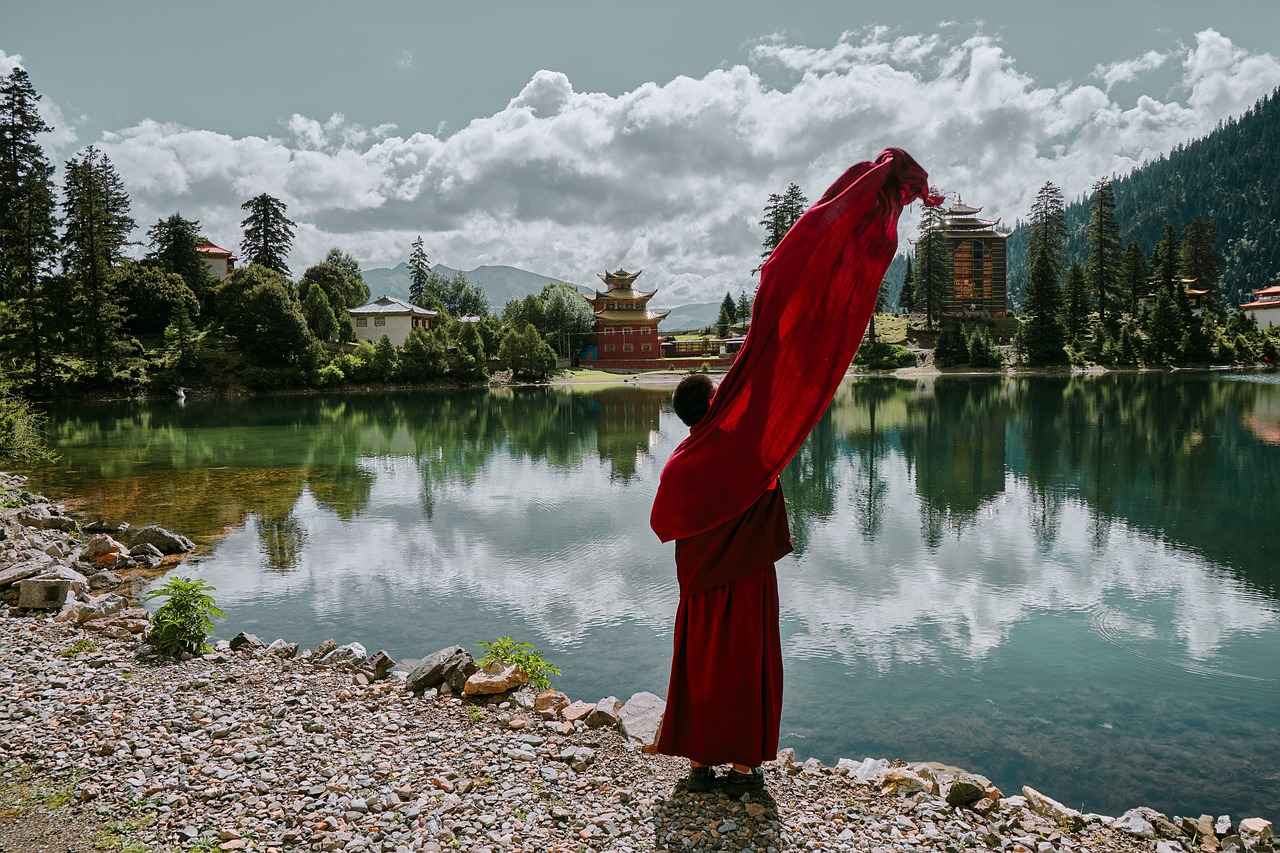
Temples of West Bengal: A Spiritual Journey
The temples of West Bengal are not merely places of worship; they are also remarkable examples of architectural brilliance and artistic expression. These sacred sites embody the spiritual heritage of the region, showcasing a blend of cultural influences that have shaped their design and significance over centuries.
Many temples in West Bengal are renowned for their intricate carvings, vibrant murals, and stunning sculptures that tell stories of deities and legends. These artistic elements not only enhance the visual appeal but also serve as a medium for spiritual storytelling.
| Temple Name | Location | Significance |
|---|---|---|
| Dakshineswar Kali Temple | Kolkata | Dedicated to Goddess Kali, known for its architectural beauty and spiritual ambiance. |
| Belur Math | Howrah | Headquarters of the Ramakrishna Mission, blending Hindu, Christian, and Islamic architectural styles. |
| Kalighat Temple | Kolkata | One of the 51 Shakti Peethas, significant for its religious importance and historical legacy. |
Each temple in West Bengal offers a unique experience, inviting visitors to engage in spiritual practices, participate in festivals, and explore the rich history that surrounds these sacred spaces. The annual festivals, such as Durgotsava and Kali Puja, attract thousands of devotees and tourists, further highlighting the temples’ role as cultural hubs.
Moreover, the architectural styles vary from the traditional Bengali style characterized by terracotta work to the more modern interpretations seen in some newer temples. This diversity reflects the region’s rich history and the myriad influences that have shaped its cultural landscape.
In conclusion, the temples of West Bengal are invaluable not only as places of worship but also as custodians of the region’s cultural identity. They serve as reminders of the artistic and spiritual journey that has evolved over centuries, inviting all to experience their profound beauty and significance.
Dakshineswar Kali Temple
is a remarkable spiritual site that attracts thousands of visitors each year. Situated on the serene banks of the Hooghly River, this temple is dedicated to Goddess Kali, an embodiment of power and strength in Hindu mythology. The temple, built in the 19th century, is not only renowned for its stunning architecture but also for its deep spiritual significance.
The temple complex consists of a central shrine housing the idol of Kali Ma and a series of smaller shrines dedicated to various deities. The architectural style is a beautiful blend of traditional Bengali and European influences, characterized by its intricate carvings and towering spires. Visitors are often mesmerized by the temple’s elaborate design, which includes nine spires representing the nine forms of the goddess.
As one of the most significant pilgrimage sites in India, the temple attracts devotees from all walks of life, especially during the festival of Navaratri, when the atmosphere is filled with devotion and celebration. The temple’s ambiance is enhanced by the scenic backdrop of the river, making it a perfect spot for reflection and spiritual connection.
Aside from its religious importance, the also serves as a cultural hub. It has been a source of inspiration for many artists, poets, and spiritual seekers throughout the years. The temple’s history is closely linked to Ramakrishna Paramahamsa, a revered saint who meditated here and whose teachings continue to inspire millions.
Visitors can enjoy a peaceful environment while exploring the temple grounds, which are well-maintained and provide ample space for worship and meditation. The temple is easily accessible from Kolkata and offers a unique blend of spirituality, history, and architecture that captivates everyone who visits.
In conclusion, the stands as a testament to West Bengal’s rich cultural heritage and spiritual legacy. Whether you are a devotee or a tourist, the temple promises an enriching experience that resonates with the essence of devotion and artistic beauty.
Belur Math: The Headquarters of Ramakrishna Mission
Belur Math serves as the headquarters of the Ramakrishna Mission, an organization founded by Swami Vivekananda in 1897. This revered site is not only a center for spiritual enlightenment but also a beacon of social service and community welfare.
One of the most remarkable aspects of Belur Math is its unique architectural design. The complex beautifully integrates elements from Hindu, Christian, and Islamic architectural styles, symbolizing the unity of all religions. The main temple, dedicated to Sri Ramakrishna, features intricate carvings and a serene ambiance that draws visitors seeking solace and reflection.
| Architectural Features | Description |
|---|---|
| Hindu Elements | Intricate carvings and sculptures depicting Hindu deities. |
| Christian Influence | Use of arches and domes reminiscent of Gothic architecture. |
| Islamic Styles | Beautiful minarets and calligraphic inscriptions. |
The spiritual retreat aspect of Belur Math is particularly significant. It offers a tranquil environment where individuals can engage in meditation and prayer. The serene surroundings, coupled with the teachings of Sri Ramakrishna, provide a perfect setting for introspection and spiritual growth.
Moreover, Belur Math is actively involved in social service initiatives. The Ramakrishna Mission runs various programs aimed at education, healthcare, and rural development, embodying the principle of selfless service that Swami Vivekananda advocated.
Visitors to Belur Math can participate in guided tours, attend spiritual discourses, and explore the extensive grounds, which include beautiful gardens and a museum showcasing the life and teachings of Sri Ramakrishna. The complex is open to all, regardless of faith, promoting a message of universal brotherhood and harmony.
In conclusion, Belur Math stands as a remarkable testament to the blending of different cultural and religious influences. It not only serves as a spiritual haven but also as a hub for social welfare, making it a significant landmark in West Bengal.
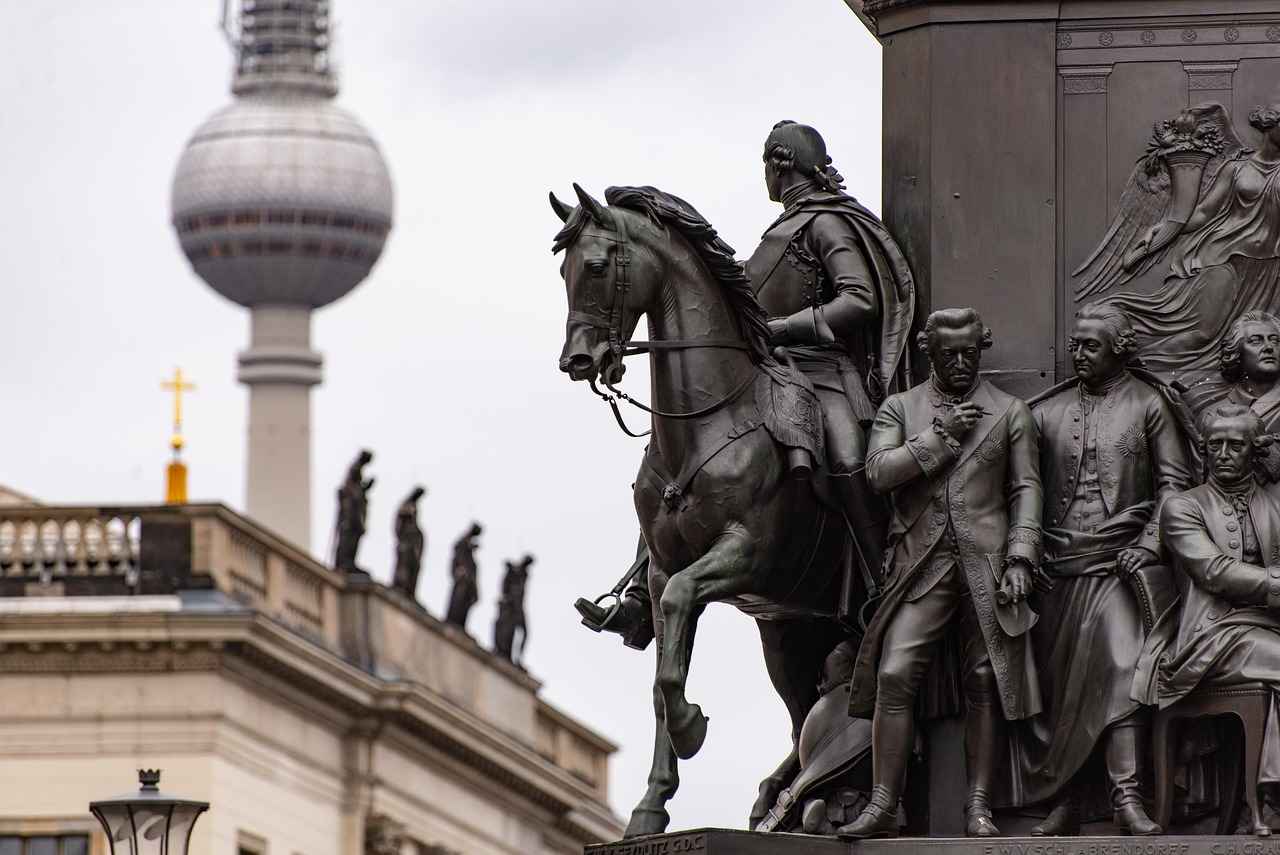
Conservation Efforts for Historical Monuments
Preserving West Bengal’s historical monuments is essential for maintaining the region’s rich cultural heritage. These monuments not only reflect the artistic and architectural brilliance of their times but also serve as a link to the past, offering insights into the lives and traditions of the people who once inhabited these lands. Various organizations, including government bodies and non-profits, are actively engaged in efforts to conserve these invaluable assets.
Government Initiatives for Monument Preservation
- The West Bengal government has launched numerous restoration projects aimed at revitalizing historical sites.
- Financial assistance is provided for the upkeep of monuments, ensuring they remain accessible to the public.
- Awareness campaigns are conducted to educate the public about the importance of preserving these sites.
Role of Non-Governmental Organizations (NGOs)
- Several NGOs are dedicated to the conservation of West Bengal’s heritage, often collaborating with local communities.
- These organizations conduct workshops and seminars to promote conservation practices.
- They also engage in fundraising activities to support restoration efforts.
Community Involvement in Preservation
Local communities play a vital role in the conservation of monuments. Their involvement includes:
- Participating in clean-up drives and maintenance activities.
- Volunteering for restoration projects, providing manpower and local knowledge.
- Engaging in awareness programs to educate others about the significance of these historical sites.
Conclusion: The Importance of Collective Efforts
In conclusion, the preservation of historical monuments in West Bengal requires a collective effort from government bodies, NGOs, and local communities. By working together, we can ensure that these cultural treasures are safeguarded for future generations, allowing them to connect with their rich heritage.
Government Initiatives
Government Initiatives for Historical Site Preservation in West Bengal
The preservation of historical sites in West Bengal is a crucial undertaking that reflects the region’s commitment to safeguarding its rich cultural heritage. The West Bengal government has launched a variety of initiatives aimed at restoring and maintaining these significant monuments, ensuring that they remain accessible and appreciated by future generations.
- Restoration Projects: The government has initiated numerous restoration projects targeting iconic structures, such as the Victoria Memorial and Howrah Bridge. These projects focus on repairing and preserving the original architecture while enhancing the visitor experience.
- Funding and Grants: Financial assistance is provided to local authorities and non-profit organizations engaged in conservation efforts. This funding helps cover the costs of restoration and maintenance, allowing for more comprehensive and effective projects.
- Awareness Campaigns: To promote the importance of historical preservation, the government conducts awareness campaigns. These initiatives educate the public about the significance of these sites and encourage community involvement in preservation efforts.
- Collaboration with Experts: The government collaborates with historians, archaeologists, and conservationists to ensure that restoration efforts are scientifically sound and culturally respectful.
In addition to these initiatives, the government has established a Heritage Conservation Committee that oversees the preservation of historical sites across the state. This committee plays a vital role in setting guidelines and standards for restoration work, ensuring that all efforts align with best practices in heritage conservation.
Ultimately, these government initiatives not only help preserve the past but also foster a sense of pride among local communities, encouraging them to take an active role in maintaining their cultural landmarks. By investing in the preservation of historical sites, West Bengal is not only protecting its heritage but also enhancing its appeal as a tourist destination.
Community Involvement in Preservation
Local communities play a crucial role in the conservation of historical monuments. Their involvement is not merely beneficial; it is essential for the sustainability and longevity of these cultural treasures. By participating in various awareness programs and volunteering for restoration projects, community members contribute significantly to the preservation of their heritage.
One of the primary ways communities engage in preservation is through organized awareness campaigns. These initiatives aim to educate residents about the historical significance of local monuments, helping to foster a sense of pride and ownership. For instance, workshops and seminars can be conducted to inform citizens about the architectural styles, historical contexts, and cultural narratives associated with these sites.
Moreover, local volunteers often take part in hands-on restoration projects. These activities not only help in maintaining the physical integrity of the monuments but also strengthen community bonds. Volunteers from various backgrounds—students, professionals, and retirees—come together to share their skills and knowledge. This collaboration is vital for the successful execution of restoration efforts.
In addition to restoration, communities can also engage in fundraising activities to support preservation efforts. Local events, such as cultural festivals or art exhibitions, can be organized to raise funds specifically for the maintenance of historical sites. This approach not only generates necessary financial support but also encourages community participation and awareness.
Furthermore, partnerships with government bodies and non-profit organizations can enhance these efforts. Collaborations can lead to more extensive conservation projects and provide communities with access to resources and expertise. By working together, communities can ensure that their historical monuments are not only preserved but celebrated for generations to come.
In conclusion, the active involvement of local communities is paramount in the preservation of historical monuments. Through awareness programs, volunteer efforts, and fundraising activities, communities can play a significant role in safeguarding their cultural heritage, ensuring that these monuments continue to tell their stories for years to come.
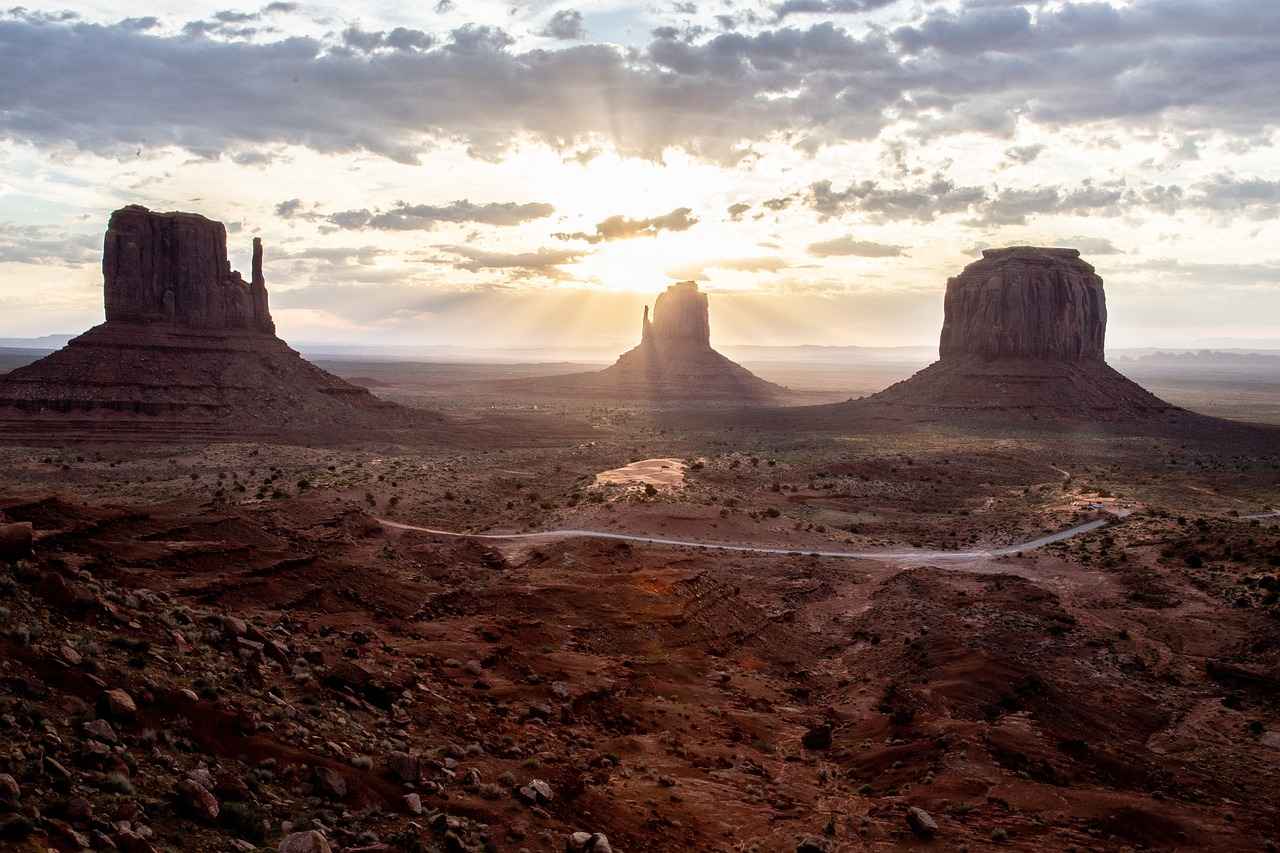
Conclusion: Embracing the Heritage of West Bengal
West Bengal’s historical monuments serve as a rich tapestry of culture and history, reflecting the diverse narratives that have shaped the region over centuries. These monuments are not merely structures; they are the embodiments of stories, capturing the essence of the past and offering a glimpse into the lives of those who came before us. By embracing and preserving these sites, we ensure that future generations can connect with their rich heritage and appreciate the cultural significance they hold.
The architectural brilliance of these monuments ranges from the grand colonial buildings of Kolkata to the intricate temples scattered across the countryside. Each site is a testament to the artistic and historical evolution of West Bengal, showcasing various architectural styles influenced by different eras and cultures.
- Kolkata’s Colonial Legacy: The city is dotted with historical landmarks that highlight its colonial past, such as the Victoria Memorial and Howrah Bridge.
- Spiritual Temples: Temples like Dakshineswar Kali and Belur Math not only serve as places of worship but also reflect the region’s spiritual and cultural ethos.
- Community Involvement: Local communities play a pivotal role in preserving these monuments through awareness programs and restoration projects.
Conservation efforts are crucial for maintaining these historical sites. The government and various organizations are actively involved in initiatives aimed at restoration and preservation, ensuring that these treasures are protected for future generations. Community involvement is equally essential, as local residents engage in programs to raise awareness and participate in preservation efforts.
In conclusion, the historical monuments of West Bengal are more than just relics of the past; they are vital links to our cultural identity. By valuing and protecting these sites, we not only honor our ancestors but also provide future generations with a profound connection to their heritage. It is our collective responsibility to ensure that these treasures continue to inspire and educate, fostering a deeper understanding of our shared history.
Frequently Asked Questions
- What are some must-visit historical monuments in West Bengal?
West Bengal is rich in history, and you shouldn’t miss iconic spots like the Victoria Memorial, Howrah Bridge, and the beautiful temples like Dakshineswar Kali Temple and Belur Math. Each of these locations offers a unique glimpse into the region’s past.
- Why is the Victoria Memorial significant?
The Victoria Memorial is not just an architectural masterpiece but also a museum that showcases India’s colonial history. Its Indo-Saracenic architecture is a blend of British and Indian styles, making it a symbol of cultural fusion.
- How can I participate in the conservation of historical monuments?
You can get involved by joining local community initiatives focused on preservation. Many organizations offer volunteer opportunities, and participating in awareness programs helps in promoting the importance of these historical sites.
- What is the architectural style of Belur Math?
Belur Math features a unique architectural style that combines elements of Hindu, Christian, and Islamic design. This harmonious blend reflects the inclusive philosophy of the Ramakrishna Mission.
- Are there guided tours available for historical sites?
Yes! Many historical sites, including the Victoria Memorial, offer guided tours that provide deep insights into their history and significance. It’s a great way to learn more about the cultural heritage of West Bengal.
